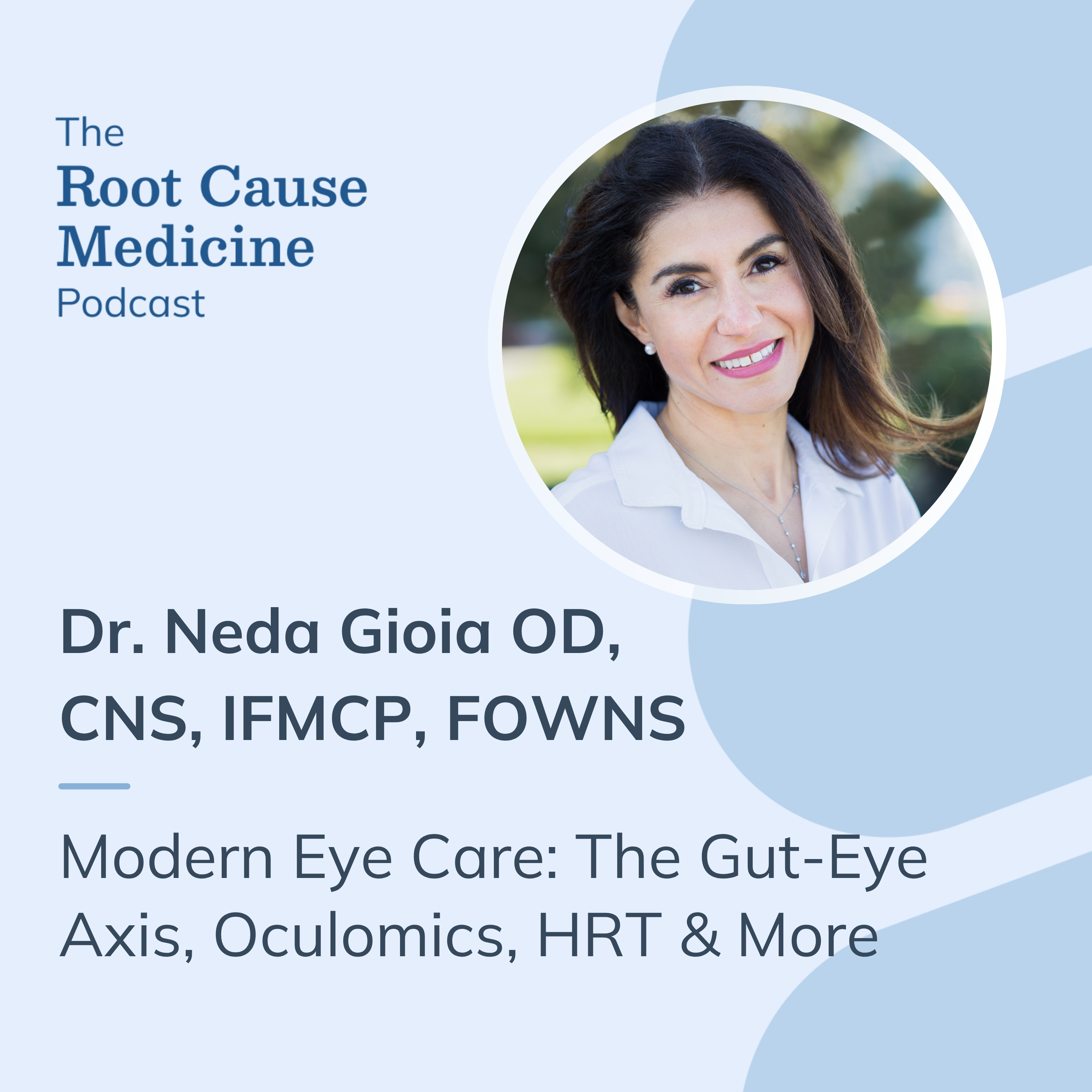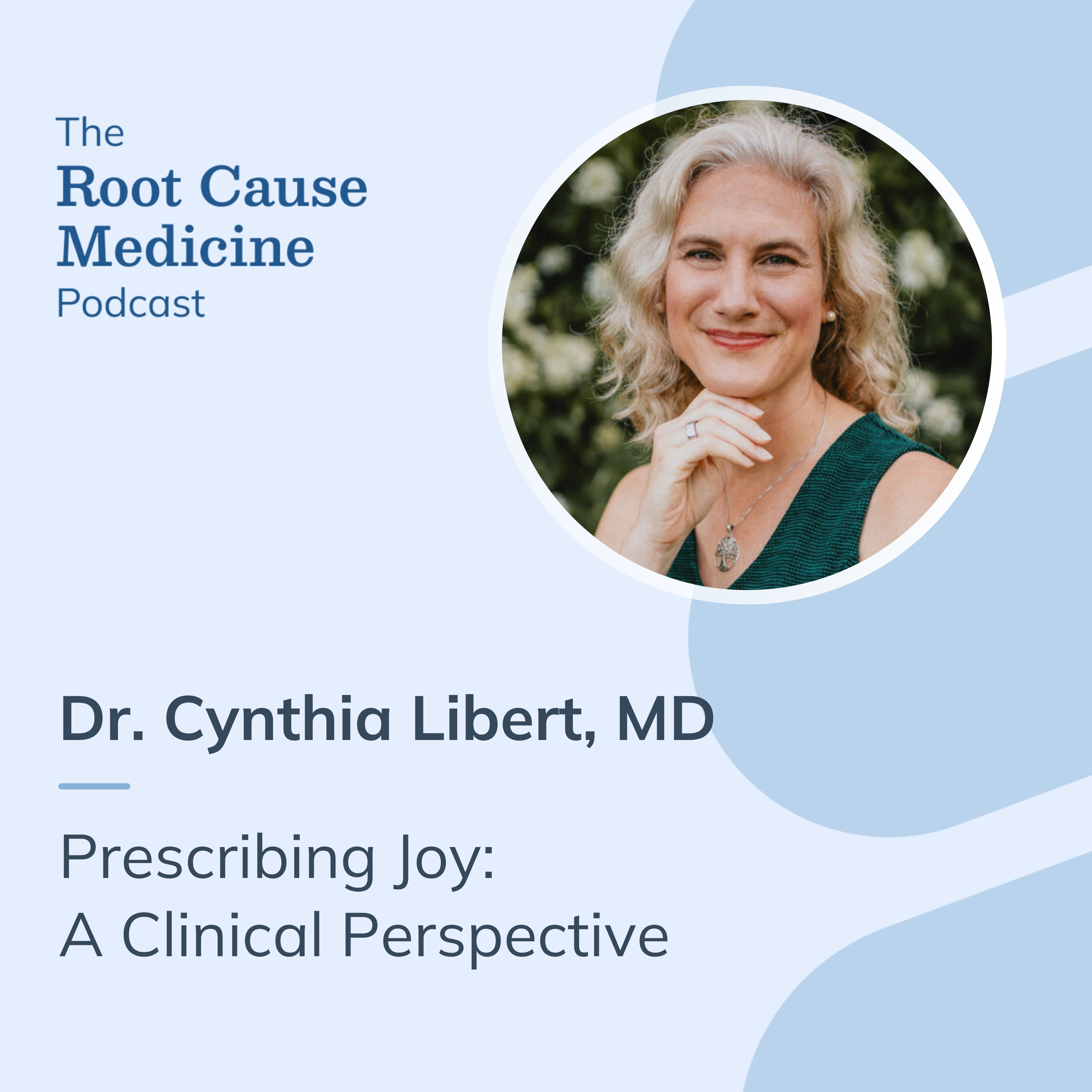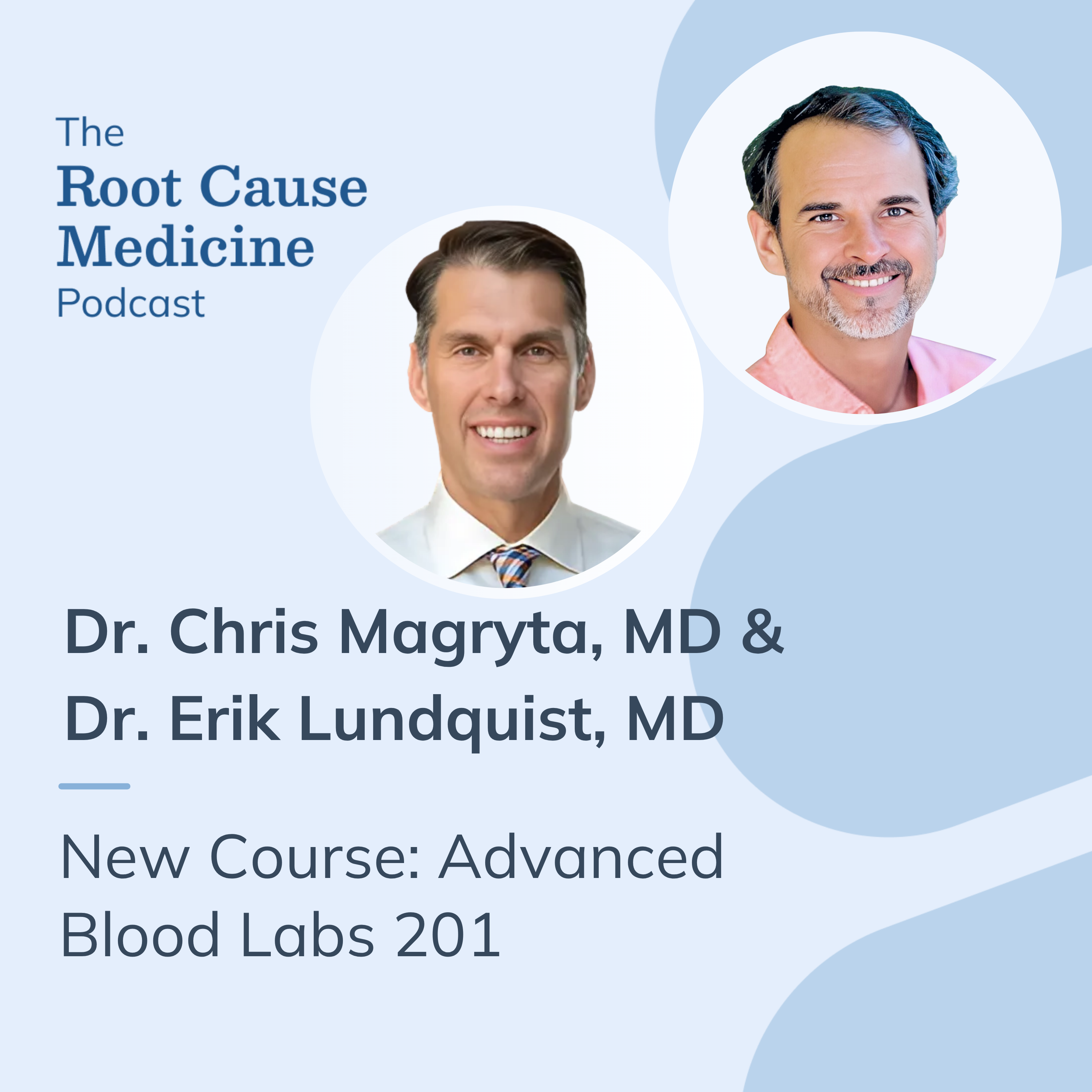The connection between diet and gut health is an important aspect of overall well-being that healthcare professionals can help patients understand. A healthy gut may influence various functions, including digestion, nutrient absorption, and general well-being, including aspects of immunity and mental health.
However, understanding and optimizing this connection can be complex. By taking a comprehensive approach, providers can empower patients to make informed dietary choices that may support their gut health and overall quality of life.
In this article, we will discuss 6 actionable steps for patient care, guiding healthcare providers on how to assess, educate, personalize, implement, monitor, and support patients in their journey towards better gut health.
[signup]
Step 1: Complete an Initial Patient Assessment
Applying the diet-gut health connection starts with a comprehensive evaluation of digestive health symptoms.
Take a Detailed History
Healthcare providers should start with a detailed history to help establish patterns and associations of symptoms, including dietary components that may exacerbate symptoms, frequency of bowel movements, causation of certain medications, or other contributing factors to gut imbalances.
Recent changes in diet, like a new eating pattern or consumption of new foods, may point to the etiology of digestive symptoms.
Order Relevant Laboratory Testing
Relevant laboratory testing can provide objective data regarding the diet-gut connection. Stool testing for microbiome composition helps determine the presence and diversity of microbiota.
Both serum inflammatory markers, such as c-reactive protein and erythrocyte sedimentation rate, as well as gut inflammatory markers like fecal calprotectin, can suggest the presence of underlying inflammation as a potential cause of adverse gastrointestinal symptoms.
Food sensitivity testing, elimination diets, or other specialized testing can suggest specific dietary triggers contributing to gut health issues.
Here are several food sensitivity tests offered through Rupa:
- IgG Food MAP with Candida + Yeast by Mosaic Diagnostics
- P88 Dietary Antigen Test by Precision Point
- IgG Food Explorer by Diagnostic Solutions
- Basic Food Sensitivity Panel - 96 Foods by Ayumetrix
[signup]
Step 2: Educate Patients on the Diet-Gut Connection
The diet-gut connection is complex, yet patients need to understand gut health to be empowered to take control of their overall health. Several specific dietary components are important to support gut health.
- Prebiotics are food components that nourish the microbiota. Dietary fiber acts as food for the gut microbiota, and it also helps to have regular bowel movements. Foods with fiber include whole grains, fruits, vegetables, and legumes. Aside from fiber, other foods that act as prebiotics are garlic, onions, oats, mushrooms, and more.
- Probiotics are live, beneficial bacteria that help promote a healthy microbiome and improve digestion. Yogurt with live cultures is a probiotic-rich food, as are fermented foods, such as kombucha, kefir, sauerkraut, and kimchi.
The use of visual aids as patient-friendly educational materials can improve comprehension, retention, and adherence to principles and recommendations.
Trusted online resources that are evidence-based, such as Harvard Health, Cleveland Clinic, Mayo Clinic, and Rupa Health, can provide a wealth of information that is accessible to patients.
Step 3: Develop a Personalized Diet Plan
Adopting a personalized approach increases the success of adherence and optimal outcomes. Here is how to make each diet plan personalized for each patient:
Individualize Dietary Recommendations
Tailor the diet plan to each patient, considering their health conditions, lifestyle, cultural background, and food preferences. This personalized approach enhances adherence and improves outcomes.
Consider an Elimination Diet for Symptomatic Patients:
In certain cases and for specific conditions, an elimination diet may be warranted to identify foods that trigger gastrointestinal symptoms. This can help in creating a diet plan that reduces discomfort and supports gut health.
Emphasize Nutrient-Rich Foods:
Encourage a diet rich in fruits, vegetables, whole grains, healthy fats, and lean proteins. These foods support overall health and gut function.
Include Fiber:
Dietary fiber is important for gut health. For patients who struggle to get enough fiber from food, natural fiber supplements may be considered. Start with low doses and gradually increase to improve tolerance.
Use Probiotics Wisely:
Consider high-quality probiotics. These probiotics should contain the right microorganisms and should be in a form that is capable of surviving the harsh environment of the gastrointestinal tract to reach the colon. This may help support gut health.
Consider Supplementation:
While whole, real foods should be the basis of a healthy diet, in some cases, supplementation can also benefit gut health. Intolerances, malabsorption, or other conditions may make it more likely for an individual to need extra nutrients.
Always source high-quality supplements from reputable providers, as they are not regulated by the FDA.
Patients should always discuss starting, changing, or stopping supplements with a trusted healthcare professional.
Step 4: Implement and Support Dietary Changes
Implementing dietary changes requires education, goal-setting, planning, commitment, and appropriate follow-up.
Educate Patients About Practical Dietary Tips:
- Teach patients to read nutrition labels.
- Show how to measure portion sizes.
- Encourage and educate about mindful eating practices.
Guide Patients On Goal-Setting Techniques:
- Collaborate with patients to set individualized goals.
- Use the SMART template for goals: Specific, Measurable, Achievable, Relevant, and Time-bound.
Address Common Barriers:
- Identify common barriers such as time constraints, budgets, and external influences.
- Provide practical solutions to overcome these barriers.
Encourage Self-Monitoring:
- Encourage patients to use food journals or mobile apps to track their progress.
Recommend a Follow-Up Schedule:
- Schedule regular follow-up sessions to create accountability.
- Track progress and adjust the treatment plan as needed.
Step 5: Monitor Progress and Adjust the Plan When Necessary
Daily tracking helps monitor progress effectively.
Track Symptoms:
Encourage daily tracking of physical and psychological symptoms related to dietary changes. This helps in monitoring progress and identifying any issues promptly.
Identify Problematic Foods:
Note symptom patterns associated with different foods to pinpoint problematic items. This aids in adherence by providing clear feedback on what to avoid.
Monitor Lab Markers:
Trend relevant lab markers to show progress in real-time. This empowers patients by demonstrating the positive effects of dietary changes on their health.
Step 6: Address Challenges and Setbacks
Making long-term dietary changes can be challenging.
Barriers, such as lack of time, food cravings, budget concerns, and social influences, are common, making adherence difficult.
Healthcare professionals can help combat these barriers by offering practical solutions like meal planning, sticking to a shopping list, preparing healthy snacks, and developing coping strategies outside of food.
Motivational interviewing is a patient-centered communication approach that helps to explore and resolve ambivalence toward behavior change, empowering patients to overcome setbacks, develop confidence, and maintain commitment to long-term health goals.
[signup]
Key Takeaways
- The diet-gut health connection may have significant implications on overall health.
- Healthcare professionals have the responsibility to perform a comprehensive patient evaluation of contributing factors to the diet-gut health connection.
- Following this assessment are the crucial steps of patient education and the development of a personalized diet-gut health plan.
- Plan implementation, ongoing monitoring, continued adjustments, and overcoming obstacles help facilitate long-term health success.












%201.svg)







